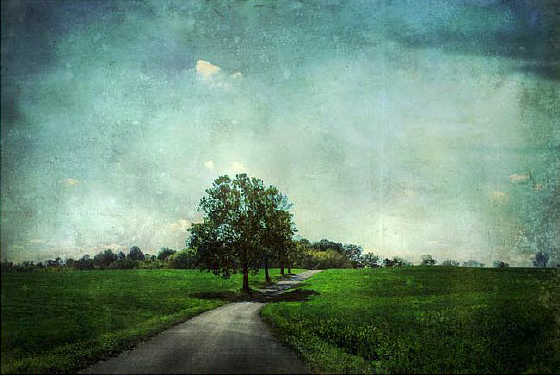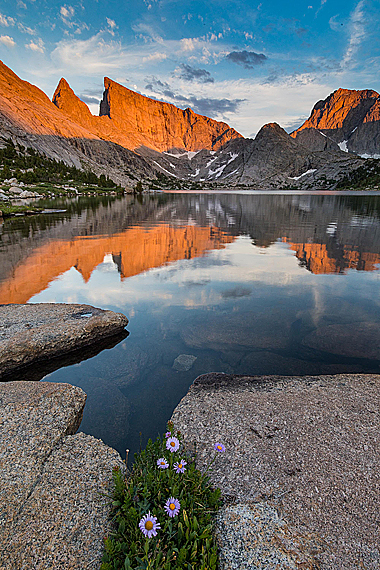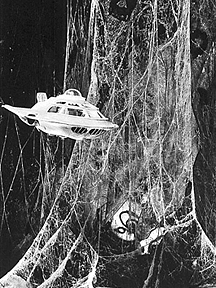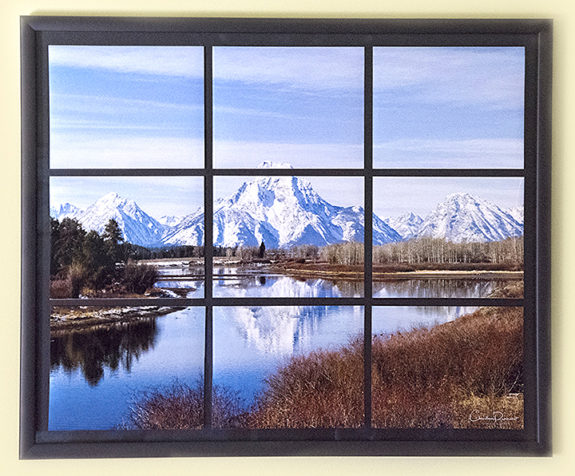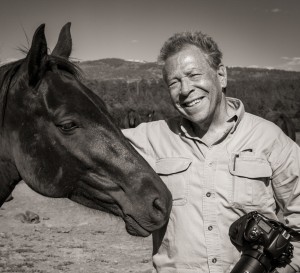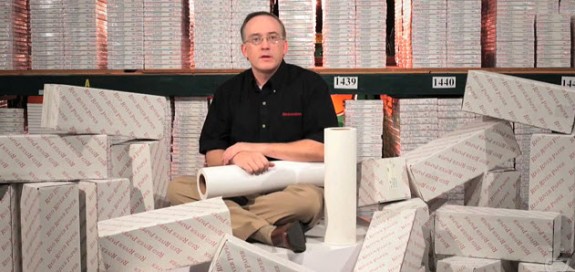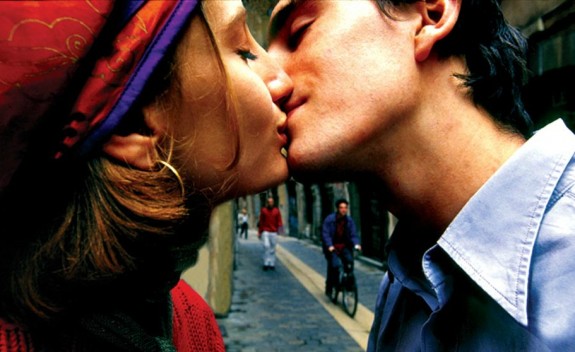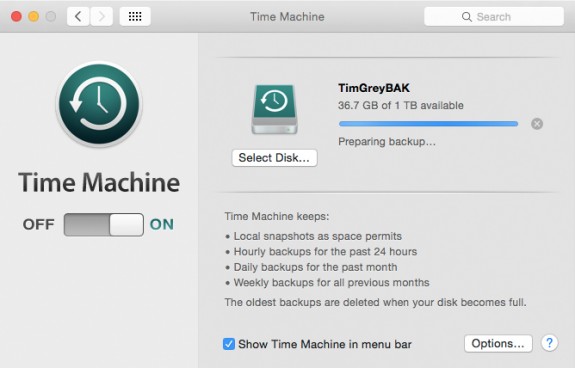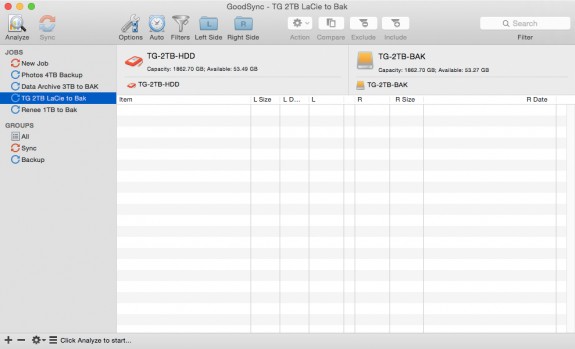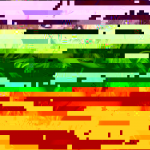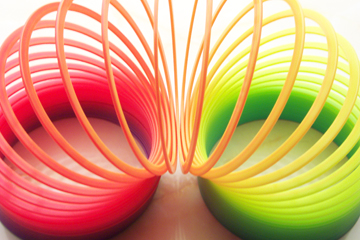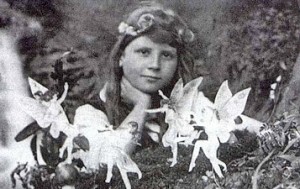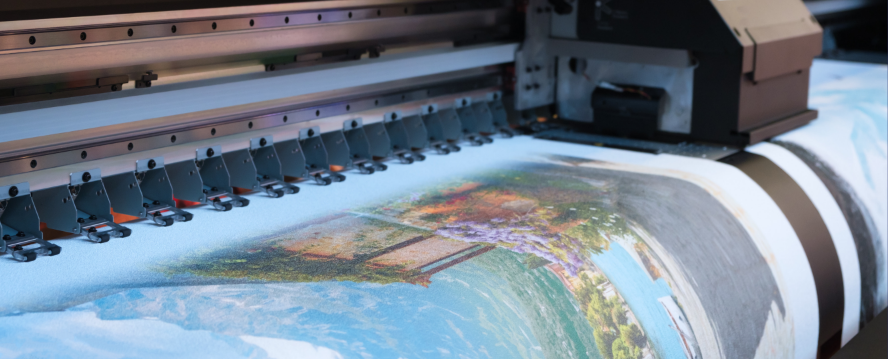
Red River Paper Blog
Imaging
Use Textures To Transform Your Photos Into Fine Art
By Nitsa Malik– Textures bring a layer of depth to your image introducing the illusion of dust, dirt, stains and creases to the photo and create a final grungy and dramatic appearance...read more
Asus 24″ Monitor: Perfect Color for Perfect Prints
By Arthur H. Bleich— Images must display accurately on your monitor. The 24” Asus PA248QV allows you to do just that; in fact, it out-performs many monitors costing a lot more...read more
Texture, Deckle and Float Your Flower Images!
By Christine Pentecost— Living in Montana, where the winters are long, I decided to give myself a photographic challenge, so I could enjoy my flowers year round. I wanted to photograph fresh bouquets of flowers, but in a way that I could have unique backgrounds, which could easily be changed. I also wanted a new...read more
It’s Summertime! 25 Cool Tips For Great Photos
By Albert Chi— 1. Avoid wandering aimlessly around looking for good pictures to shoot. Always give yourself a mini-assignment to stay on track. Like, street vendors, kids at play, people at bus stops, interesting doorways, afternoon shadows, and so on. That way, you have a direction in which to go and the challenge of trying...read more
Custom Software That Really Struts Its Stuff
By Arthur H. Bleich– I remember buying an all-in-one tool years ago that promised to do everything. It did…kinda. But it did none of them really well. When you need to make a task quick and easy, there’s nothing like using a dedicated tool. Lucis Pro by Microtechnics and Restore by Vivid-Pix are one-trick ponies, but...read more
Our National Parks Odyssey: One Wild Life
This is the fourth of an ongoing series about Red River Pro Andrew Slaton and his wife Ellen who, along with two dogs, Islay and Skye and Colonel Bubba, the cat, left the comforts of Dallas to hit the road full time in a travel trailer, with the goal of photographing all 59 U. S....read more
Never miss a post again and get exclusive savings offers. Signup to Red River Paper's Newsletter!
Kaitlin Walsh– Merging Art With Anatomy
by Arthur H. Bleich– Kaitlin Walsh is a biomedical artist– a rarity in the art world. Her beautifully crafted, abstract anatomy watercolor paintings celebrate the wonders of the human body in ways so imaginative it’s sometimes hard not to fall in love with her deadly cancer cells or even mundane parts of the human body,...read more
How To Print Beautiful Antique Christmas Cards
By Arthur H. Bleich– The Christmas card-giving tradition began in London in 1843, when Sir Henry Cole commissioned an artist friend, John Horsley, to design a card that could be mailed to his friends. Some say Sir Henry thought up the idea to avoid writing long letters in reply to those sent by friends and...read more
It Takes Guts To Use This Camera
By Arthur H. Bleich– In the 1966 movie Fantastic Voyage, a team of scientists and their submarine are reduced to microscopic size and inserted into the bloodstream of a colleague to remove a blood clot in his brain; a procedure too risky to do surgically. Science fiction? Of course– but a thriller all the same....read more
Make Big Images With Small Desktop Printers
By Christine Pentecost– I have a beautiful, scenic image in my collection that begged to be displayed larger than could be output by my desktop printer– which only can use letter-sized paper. Surely, I thought, there must be some way to solve this problem and, as it turns out, there is. Image Splitter is a...read more
Back to Basics: Resolution Simplified, Part 1
By Arthur H. Bleich– Resolution goes hand-in-hand with almost every aspect of digital photography– from image capture to the final print. If you want your photographs to be the best they can possibly be, it’s necessary to have a basic understanding of it. At first, it may seem confusing because many who try to explain...read more
Pros Choose Tony Bonanno To Print Their Best Images
Flip a Tony Bonanno coin and it’s a winner either way it lands. Heads, it’s an internationally renowned photographer based in Santa Fe, New Mexico who travels worldwide to shoot architecture, travel, documentary, corporate events, editorial and fine art photography. Tails, a talented digital print maker who works with both Epson and Canon large-format printers and...read more
Never miss a post again and get exclusive savings offers. Signup to Red River Paper's Newsletter!
Cash In On Greeting Cards!
By Drew Hendrix– Electronic greeting cards may be click ‘n easy but the public still has a voracious appetite for printed cards; all it takes to enter the market and start making money is a printer, the right Red River Paper card stock and, of course, your best images. The Greeting Card Association estimates...read more
Quickstart Guide To Inkjet Papers
By Drew Hendrix –Today’s selection of inkjet papers provides amazing creative opportunities for photo enthusiasts by offering quality, control and cost savings previously unknown to photographers who worked with conventional photo papers. There are many more options to let you match the paper’s surface to suit your photographic style. Weight, texture, shade and more can...read more
“Pure Images” are a Myth
By Bryan Peterson –As the years have gone by, I have been pushing myself further and further away from the “obvious” photographic opportunities and more toward the “unseen,” as well as toward creating images from “scratch” (i.e., using props and/or models, and creating compositions that are in fact inspired in part by observing the world...read more
Backup Therapy for Paranoid Photographers, Part 2
By Tim Grey– Variability. I am often asked whether it is best to use a full backup solution where the backup is replaced each time you perform a backup, or an incremental backup where only changes made since the last backup are copied. My answer is to use both of these approaches. There are advantages...read more
Backup Therapy for Paranoid Photographers, Part 1
By Tim Grey– To me a big part of why I capture photographic images in the first place is to preserve memories that are important to me. By definition, if I intentionally pressed the shutter release button on the camera then the photo I captured is important to me in some way. Therefore, I want...read more
Digital Photos Are Not Forever!
by Drew Hendrix – Today’s digital world is fraught with danger when it comes to protecting precious photos. They easily can be ruined even when we think they’re safe and securely stored on magnetic or optical drives, CDs and DVDs or somewhere up in the Cloud. Digital disaster regularly befalls governmental agencies, educational institutions and companies...read more
Shoot Masterpieces On Your Kitchen Table
by Arthur H. Bleich– When the weather outside turns frightful why not stay inside, where it’s nice and warm, and shoot some still lifes. What’s a still life? It’s simply a creative arrangement of objects which you design. You’ve probably seen classical still life paintings such as flower arrangements or bowls of fruit with fish or...read more
Altering Reality– It’s Nothing New
By Arthur H. Bleich– Critics of computer-altered images usually divide photography into two time periods: the honest analog days and the dishonest digital ones. If it were only that easy. Tinkering with images is as old as photography itself; it’s merely become more sophisticated. In the early days of photography, “spirit” photos depicted departed loved...read more
